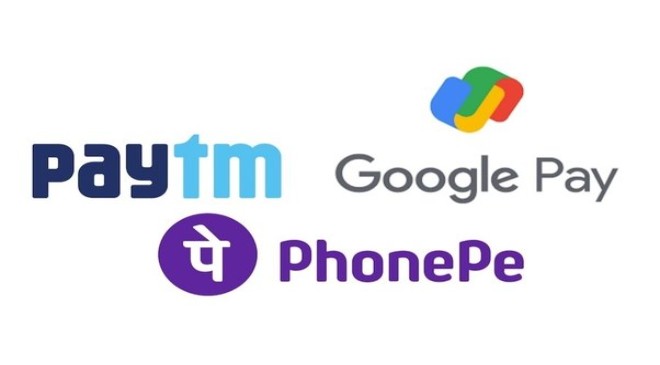Remembering the due dates for all the invoices and payments you have to make each month or at any other time is a bother. Whatever it is, remembering the last payment dates and making the payments manually every time is a real nuisance. Most frequently, we miss these payments and have to pay additional late fees or, in some cases, have the service discontinued.
Read More : Popular Zoom Cameras You can buy in India
Nearly all banking apps and services have the Autopay feature, and even UPI apps like Paytm, Google Pay, and Phone Pe have this feature built-in to make things simpler for consumers.
As the name suggests, autopay is a function provided by banking or UPI apps and services to facilitate repeated payments. For instance, let’s imagine that you receive your phone bill on the fifth of each month and that you must pay it by the fifteenth of that month. In this situation, you can choose a date between May 5 and May 15 for the automated payment to be made without any manual intervention.
Read More : Popular cloth dryers you can buy in India
This is helpful when making large payments on time, such as mortgages, EMIs, and bills, to prevent any penalties or additional fees that banks impose in the event of late or missed payments. In fact, you can use autopay to make prompt payments if you have a monthly subscription to an OTT service.
Let’s look at the autopay feature’s operation before getting into the steps:
Users can choose to set up regular payments for amounts ranging from 1 to 5000 rupees.
Read More : 6 Major Symptoms of Thyroid Disease in Women You Should Not Ignore
According to their needs, users can change, halt, or even stop the monthly payments.
Users must choose a subscription plan (the method of payment must be EMI or bills).
Users must next input a UPI PIN to authenticate the recurring payment (this is a one-time activity).
Users can choose to mandate recurring payments on a weekly, monthly, or quarterly basis.
An app-by-app guide to enabling the Autopay feature on Paytm, Gpay, and other UPI apps
Set up Paytm’s autopay.
Read More : India’s Top Garam Masala Brands for Flavorful Food
Verify that UPI payments are enabled by like your bank accounts in the Paytm app.
Open the Paytm app right now and look for the “Automatic Payments” option.
You can select the UPI Automatic Payments option here.
Next, select Setup Now from the menu in the top right corner.
The services that are offered include OTT services, recharges, invoices, LIC, piped gas, etc.
Enter the necessary information, then choose the account you wish to use to make the UPI payment on a monthly basis or in accordance with the established mandate.
GPay autopay setup
Read More : How you can build stronger Bones in Babies
Launch the Google Pay program.
In the top right corner, click your profile picture.
Select Autopay.
Live: Conditions that apply at the moment.
You are free to alter or eliminate these conditions.
Mandates that require a choice, such as to accept or reject the mandate, are in the pending state.
Completed: Requirements that have been met, are over, or have been revoked.
To establish a new mandate, choose the mandate in the Pending area that you want to act on.
Create an autopay account, complete the form, and confirm it by keying in your UPI PIN just once.
BHIM UPI autopay setup
Open the BHIM app and select Auto Debit.
Click the Mandate button now.
Here, you can manage mandates by creating new ones or viewing existing ones.
For effective setup, enter the required information, such as the name of the merchant and the customer ID.













